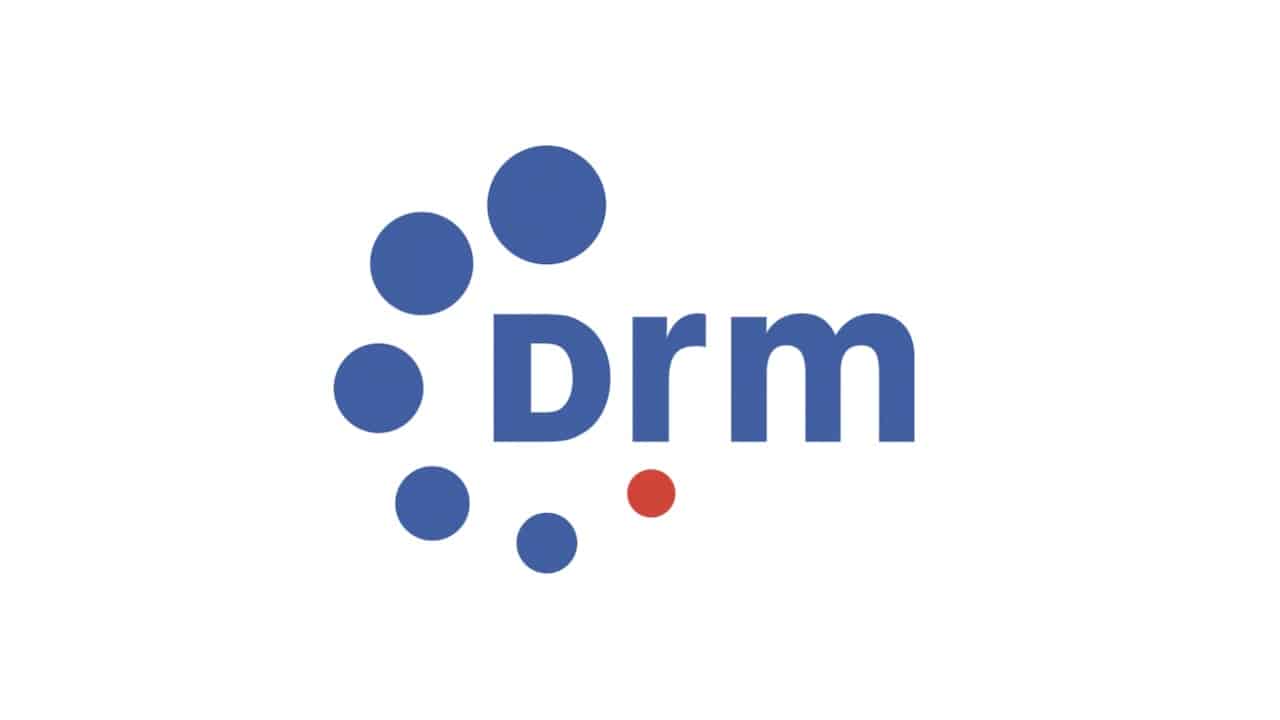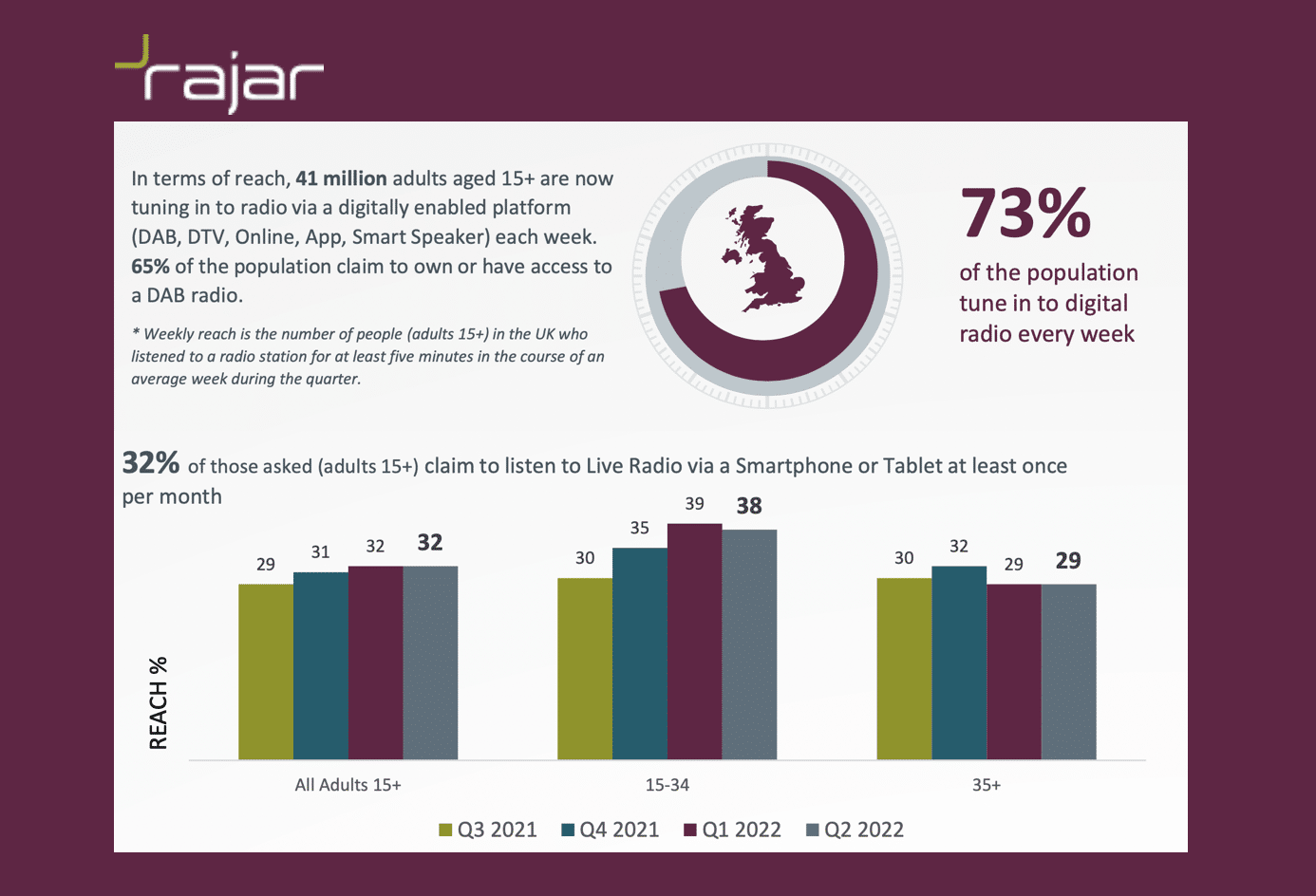
There comes a point when mobile phones are no longer for only making phone calls. They have become smartphones — so smart they can do “almost anything.” Has phoning with these devices almost become anecdotal?

Every corporation has its apps and the world of broadcasting is no exception. You can now go off filming and leave your laptop, shoulder-mounted or handheld camera and Nagra at home. The smartphone can — almost — do the job all by itself. “That is, up to a certain point,” cautions Nicolas Dubois, sound designer and editor of Sound-fishing.net.
There are a multitude of apps for capturing images and sound, for editing and mixing, using either iOS or Android. All these apps, which one could describe as “work-oriented apps,” generally do what they’re asked to do — as long as the operator is also using additional such as filters, lighting, lenses, mics, etc.
“The problem is that smartphones — whichever ones you use — are neither professional recording equipment nor professional quality cameras,” Dubois notes. “This means they don’t have good preamps, good audio converters or good lenses. This is the biggest obstacle to producing high quality content with these tools,” he added. “The fact that you can’t connect phantom powered mics to smartphones unless you attach external equipment to them, is a further constraint. But good mics are often powered this way.”
Benchmark Brands
There are apps that fare well, such as Filmic Pro, Luma fusion, Open Camera, Kinemaster and Adobe Rush, which are benchmark brands in capturing images and video edit ing via mobile phone.
ing via mobile phone.
“Although this doesn’t mean they still don’t lack in sharpness, for example,” our sound designer emphasises. “If you want to broadcast on a big screen in HD sound, forget about smartphones,” Dubois said.
“There are short films and web series that are filmed and edited using these apps. Even some television broadcasters do this. It’s not unusual to come across reporters covering events with their smartphone. For this type of filming it’s okay, but if you want to broadcast on a big screen with HD sound, don’t use smartphones.”
Various Features
 On the audio side, you can rely on apps such as Just Press Record, You Record Pro, MetaRecorder or Hindenburg. There are also plenty of others. These apps, intended for broadcasting, generally include recording, editing and mixing functions.
On the audio side, you can rely on apps such as Just Press Record, You Record Pro, MetaRecorder or Hindenburg. There are also plenty of others. These apps, intended for broadcasting, generally include recording, editing and mixing functions.
“Speaking for myself, I don’t ever record or edit sound using these tools. For me it’s too hard to carry out high calibre tasks this way. It’s only acceptable for troubleshooting or delivery that doesn’t require uncompressed sound,” he said.
As with video apps, audio apps enable you to send contributions via different channels — social media, FTP, email, Dropbox — but unlike these methods of transfer, they are generally still not user-friendly. The fact that that you come across more roving video makers than broadcasters is evidence of this. “Unfortunately, smartphones focus more on video quality than sound quality.”
Thus, the “studio in your pocket” is not a concept for the immediate future. For now it’s more like making do with a Swiss army knife.




















